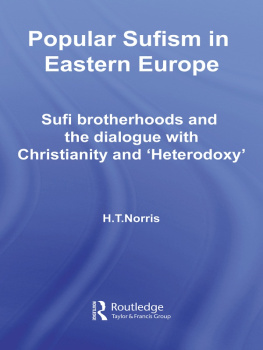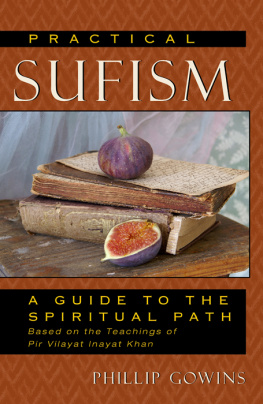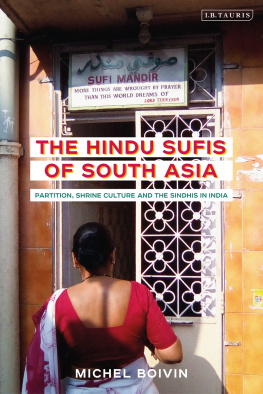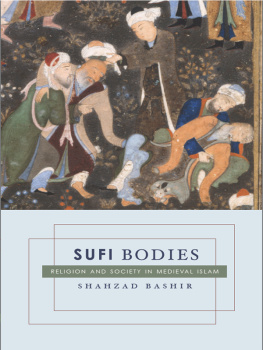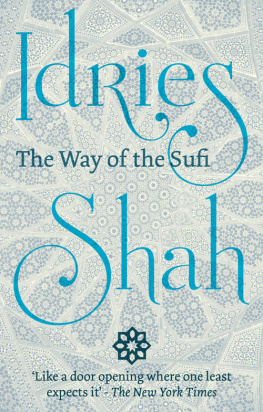Islamkundliche Untersuchungen
Volume
ISBN 9783110781021
e-ISBN (PDF) 9783110781496
e-ISBN (EPUB) 9783110781557
Bibliographic information published by the Deutsche Nationalbibliothek
The Deutsche Nationalbibliothek lists this publication in the Deutsche Nationalbibliografie; detailed bibliographic data are available on the Internet at http://dnb.dnb.de.
2023 Walter de Gruyter GmbH, Berlin/Boston
Introduction
The title of this dissertation, Re-centering the Sufi Shrine, might sound somewhat inappropriate, or rather ordinary, given the voluminous scholarship on Sufi shrine visitation (ziyra) since the 19th century. However, this re-centering is to be done concerning the lived experience of Indus Sufism in Pakistan.
In writing about the ritual of ir and distinguishing it from the orthodox view of pilgrimage known as ziyra in Islamic law, the study identifies a case of ritual incongruity between the prescriptive (official) and popular mode of performance missed by other studies on Sufism. Therefore, on the one hand, it is in the non-recognition in the contemporary scholarship of incongruity between rituals that designate the departed Sufi saints as dead, and on the other, practices that are at odds with this scriptural signification (in the use of ftia) where the Sufi saints body is treated as the locus of Divine Presence.
The legal theology of intercession in so far as its use is concerned to reverse or rupture the Sufi metaphysics of Presence has remained unexamined in studies on ziyra, the ritual politics that Recentering the Sufi Shrine addresses. The textual explanation by Sunni legalists of what pilgrims must do to avoid idolatry (shirk) and how the devotees of Friends of God perform the ritual when visiting their shrines is representative of underlying tension between the epistemology of Islamic lawthe domain of textual Islamand the performative realm of the vernacular mysticism at Sufi shrines. Identifying this ritual difference has consequences for understanding the meaning of Sufi tombs or shrines as well for rethinking the relationship between Islamic legalism and Sufi bodiesthat is, between textual knowledge of the ulam and direct experience of the divine reported by the mystics. This work analyzes how theopoetics of vernacular mysticism represents an alternative to the economy of pious merit (awb).
The question, therefore, is why these earlier works of scholarship miss the theological and legal implications of a ritual ambiguity at the heart of pilgrimage to tombs. Several excellent studies on the shrines have examined their histories and diverse ritual practices. David Howes offers a compelling argument of what we can do to improve our methods in the study of experience:
Dialogical anthropologists do appear to have exchanged an ear for an eye. But this is only because of the demands of textualization which, from beginning to end, remain their most abiding concern. For this reason, they have not been able to escape from the (metaphorical) prison-house of literacy, the foundations of which were laid by Geertz in the Balinese cockfight articleBut were the secondary textualists able to repress their textuality for just a moment, they would recognize that culture is not created out of an interplay of voices: but constructed out of the interplay of all the senses.
My thesis is that ir, as a form of religious practice or worship (Urdu ibdat; Ar. ibda), is the ritual of communion with the living presence of the Sufi saint, which means that ir is effectively equivalent to what is referred to in scriptural Islam as the act of ritual prayer (Pers. namz; Ar. alt). However, describing the ritual devotion at the Sufi shrine as ibdat is classified as idolatry (shirk) by traditionalist ulam' (including the pro-Sufi variety). Since the 19th century, Islamic reformism has concentrated on suppressing such idolatry and reversing the lived metaphysics of Sufism. In addition, the Islamic state of Pakistan in the 1960s joined them and entered fully into the sacred space of Sufi shrines to rupture the perceived idolatrous relationship between the devotees and the Sufi saints of the Indus.
There has been strong interest among scholars working in different disciplines in understanding the religious role of Sufi shrines, not simply in Pakistan but across the Islamic world. This focus has been strongly affected by a major fault line that has developed in the study of Islam, especially following the work of Clifford Geertz. This is the rift between those scholars emphasizing textual tradition on one hand and those interested in oral culture, practices, and customs on the other. Central to both approaches is an interest in the historical relevance of power as a dialectic between orthodoxy and heterodoxy. This dissertation argues that these approaches have been misplaced in their theoretical assumptions when used in examining the religious significance of the Sufi dargh. Instead, I contend that the ritual space of the Sufi shrines cannot be classified as a site of some form of syncretic religious practice that fundamentally differs from orthodox rituals. Nor should shrine-centered (Indus) Sufism be categorized primarily as an intercessory (tawassul) form of normative, or traditional, Islam, as it has been by Islamicists seeking to emphasize the orthodox status of Sufism (over against the Wahhab Muslim treatment of ritual devotion at Sufi shrines as idolatry or shirk).
The dissertation argues that to gain a clearer perspective on the religious significance of the Sufi shrine, we have to look at ritual on its own terms. Central to this dimension of religious experience or worship is communion with the living presence of the Sufi saint. In other words, the devotees travel to the dargh to find the Sufi saint present (mawjd), and this presence is realized in ir. However, defining the ritual devotion of ziyra/ir as an act of ibdat is not acceptable in scriptural Islam among the ulam,' who would see such an interpretation as signifying outright shirk (idolatry, association of something else with God).
Nonetheless, ziyra in the lived experience of the shrine devotees is very much performed as an act of ibda, and as such its practice is analogous to the ritual of alt (Pers., namz). However, the suppression of this lived experience in Pakistan has been carried out through the rationalization of its practice in the following ways: (1) in the ideology of intercession (tawassul) In legal interpretation of the ulam', ziyra receives legitimation only if performed for the purpose of reciting ftia as a prayer for (not to) the dead saint (l-i awb). This mode of performing ziyra as recognized by the ulam and the Pakistani state, is in practice used as a coercive ideology for the suppression of ir as a legitimate form of religious devotion. It entails the use of scripture (Qurn) to reverse the lived metaphysics of Indus Sufism in which the body of the Sufi has transcended death to be fully present and alive to the devotees. Ftia at the dargh is given here a textual signification (as scripture) to rupture the traditional, active communion between the devotees and the Sufi saints, which is considered aberrant and dangerous by both the religious and the political establishments in Pakistan.
The ritual space of the Sufi shrine is, however, demonstrably a place of communion (prayer,


